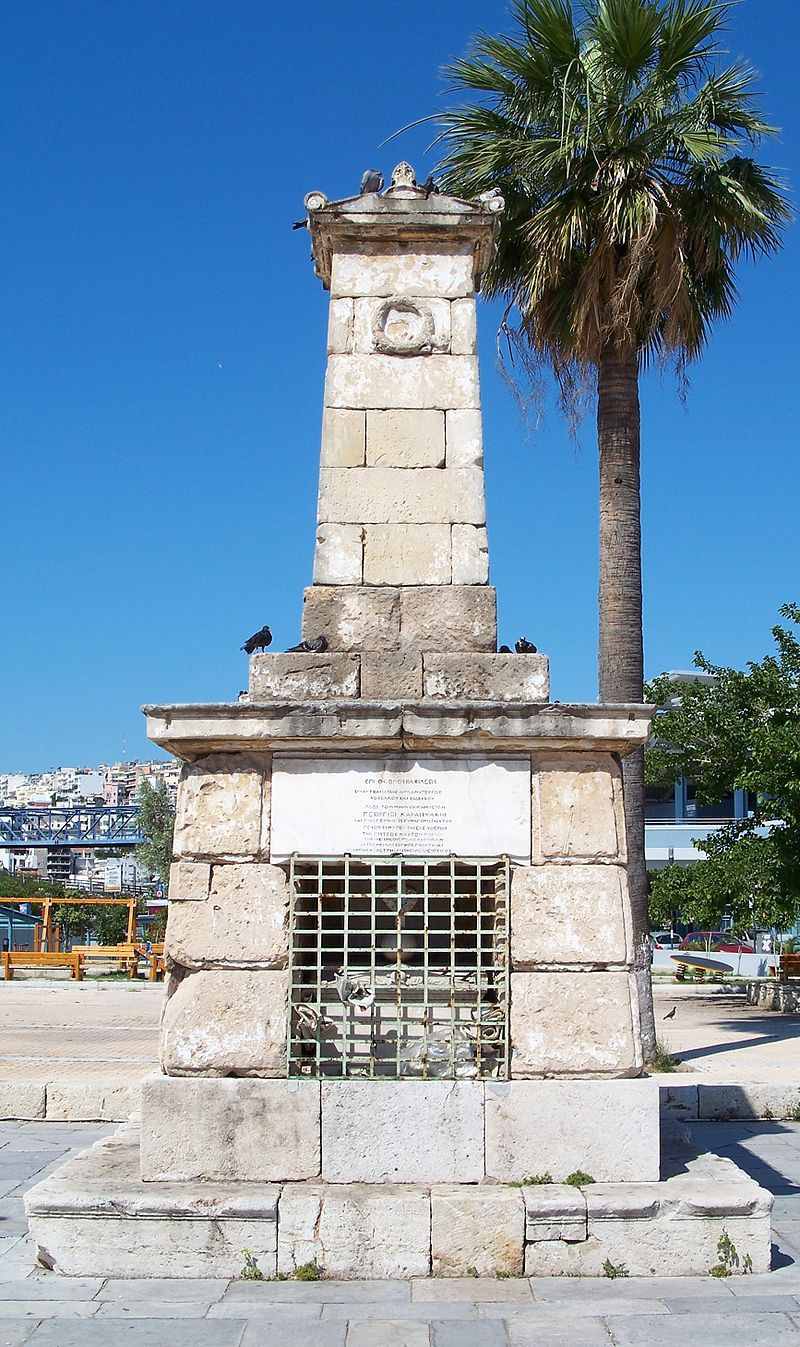His tomb is in Salamis – it is said that when Kolokotronis learned his death “he sat cross -legged and fatal as a woman”
George Karaiskakis – great Armatolos and commander of the Greek Revolution of 1821 – died on April 23, 1827, in Faliro, Attica, after a shot he received in the groin during the first hostilities between the Greek and the Greek army.
Karaiskakis succumbed to his fatal trauma in the chapel of Agios Nikolaos in Keratsini, on the day of his feast.
His body was transferred to the church of Agios Dimitrios in Salamis where he was buried and mourned by the Panhellenic. It is reported that when Kolokotronis learned Karaiskakis’ death he “sat cross -legged” and fatal as a woman.
The battle of Faliro
General Georgios Karaiskakis arrived in Faliro to head to operations against the Ottoman forces led by Kyoutachi, who was trying to occupy the Acropolis.
With about 1,000 ready -made men, he was organized in Keratsini, successfully rejecting hostile attacks and received help from Peloponnese bodies, under Kolokotronis and other chieftains.
Karaiskakis suffered a fever, but war obligations did not allow him to respond. Together with the aid, he implemented a deterioration plan for the opponent with a view to enemy employment in small clashes. However, he succumbed to his wounds a few days before the main battle, after a shot from the groin during the first hostilities between the Greek and the Ottoman troops.
His death threw the morale of the rebellious fighting Greeks, resulting in the devastating battle of Analatos in Faliro, where the Greek forces advanced in an open field, were thrown in fire, circled and dismantled, as predicted by Commander -in -Chief.
His bone recovery and criminal loss
In April 1835, eight years after the death and burial of Karaiskakis, with the royal decree of Otto, his bones were recovered by the Church of St. Demetrios Salamis.
Part of them remained in Agios Dimitrios, while most were transported with a special procession to the area of Faliro in Piraeus and placed in a monument, which was close to where the general was fatally injured.
Unfortunately, 133 years later, during the dictatorship in 1968, the then appointed Mayor of Piraeus Aristides Skilitsis, ordered the monument to be fully reconstructed, but without any information to the engineers, the existence of the bones of Karaiskakis and other important bones.
The result was that General’s bones were probably thrown into the sea, Even today, no convincing answers have been given the way they were lost.
This vacuum is maintained to this day and is located in a square next to the homonymous stadium of Karaiskakis, through which a honor is honored to the great fighter of the Greek Revolution.
Central Photo: George Karaiskakis Eporma on the Acropolis, work by George Margaritis, 1844
Source: Skai
I have worked as a journalist for over 10 years, and my work has been featured on many different news websites. I am also an author, and my work has been published in several books. I specialize in opinion writing, and I often write about current events and controversial topics. I am a very well-rounded writer, and I have a lot of experience in different areas of journalism. I am a very hard worker, and I am always willing to put in the extra effort to get the job done.











